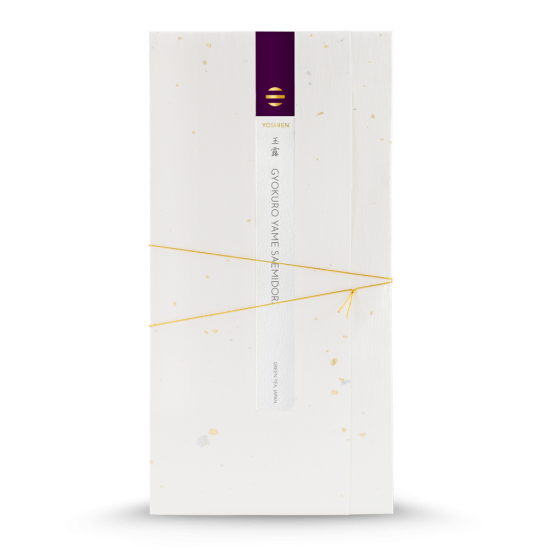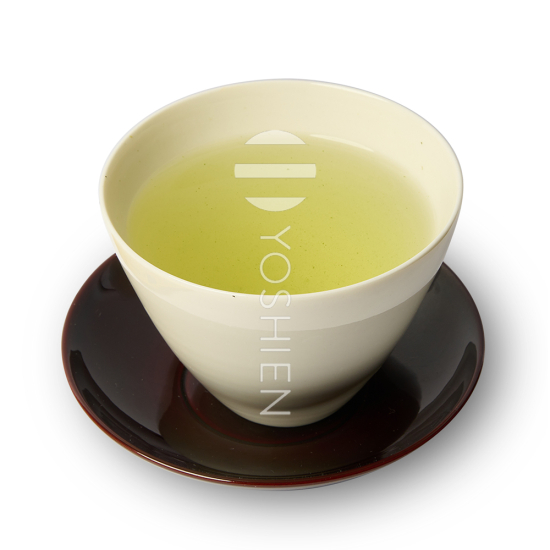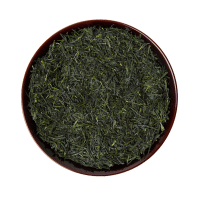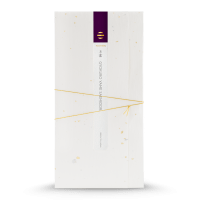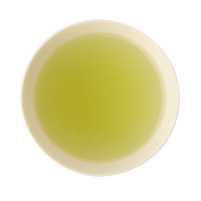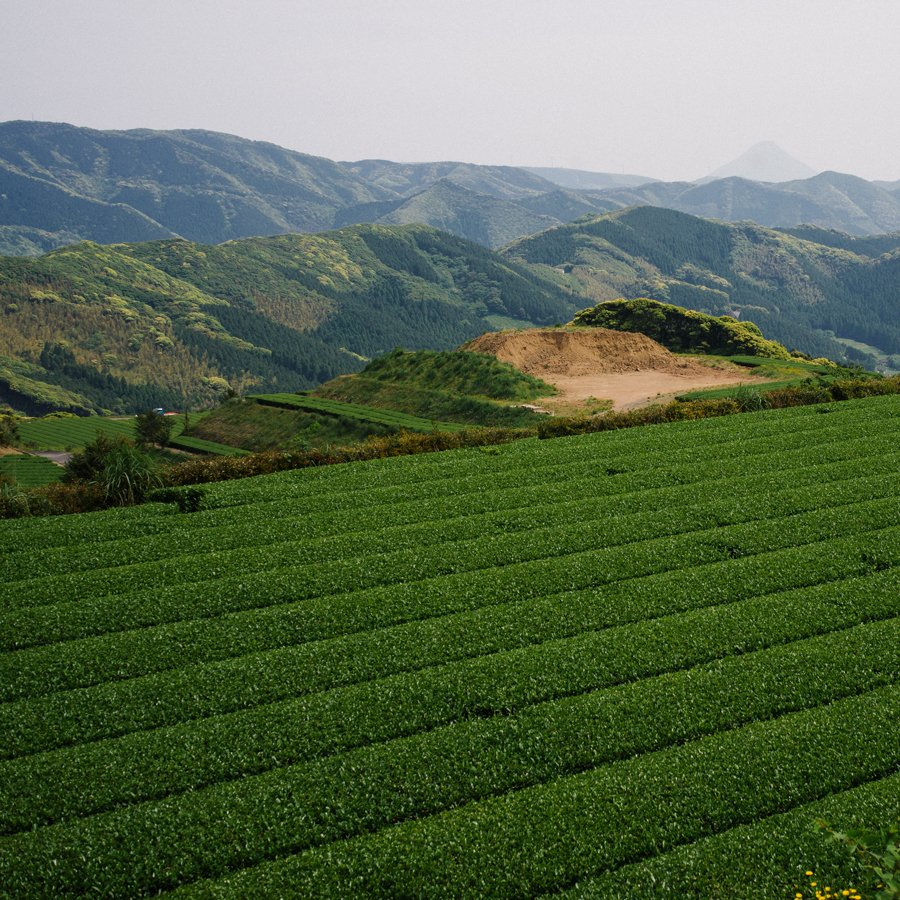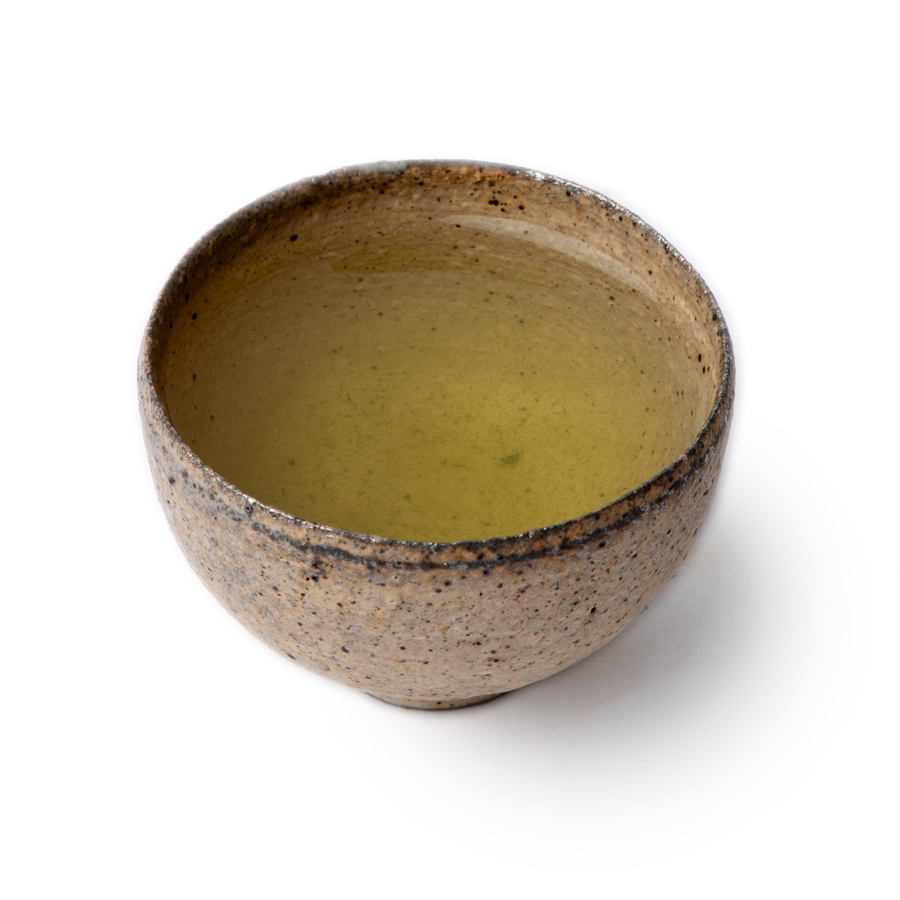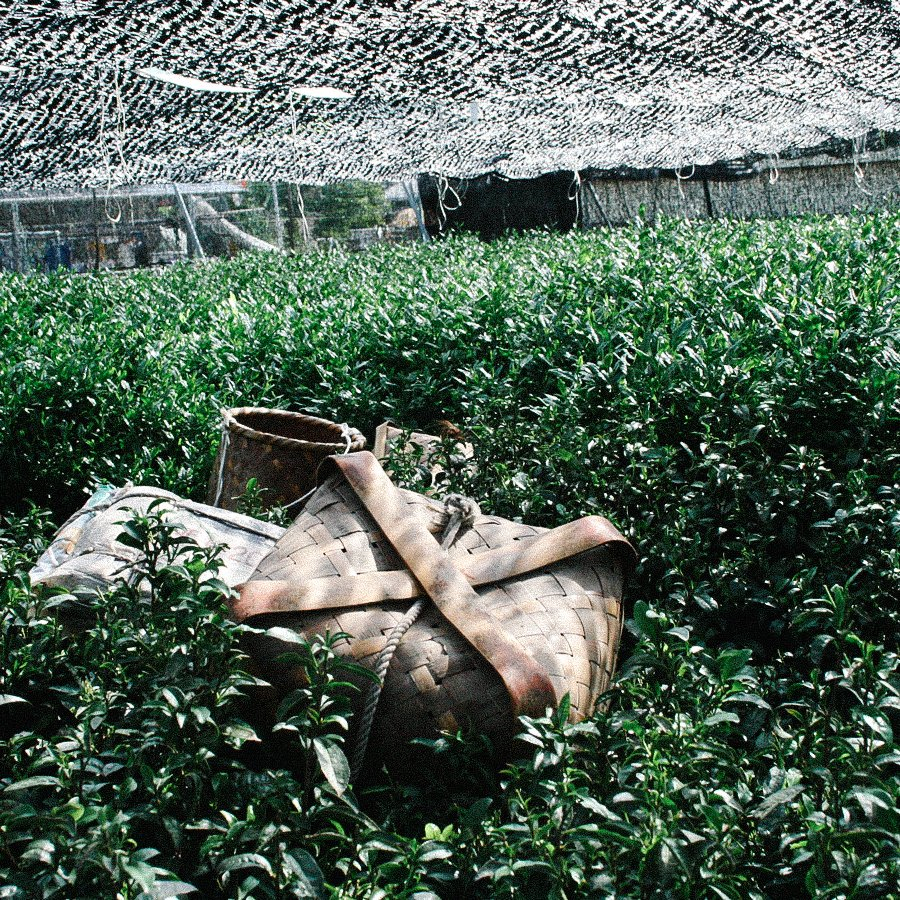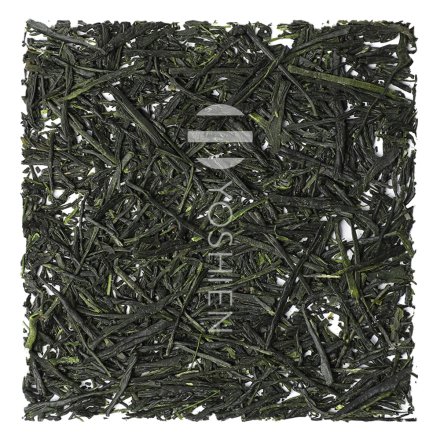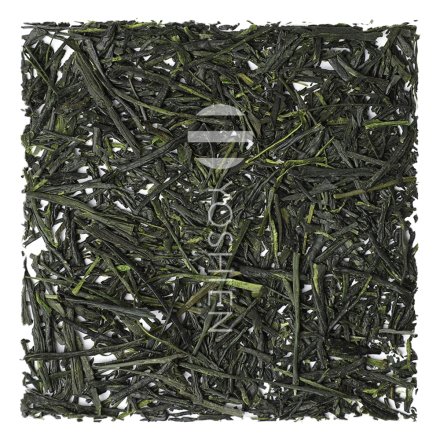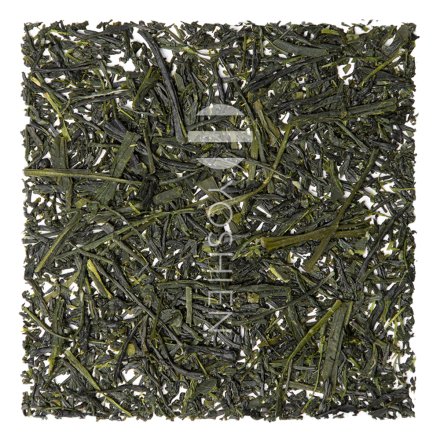Yamecha (八女茶)
Located in the north of Kyushu, the southernmost of Japan's three main islands, Fukuoka Prefecture and specifically the region around Yame City is home to Japan's famous Yamecha (jap. 八女茶; tea from Yame). With 3% of the country's total green tea production, Fukuoka ranks 6th, but in this it produces a full 45% of the total amount of shaded gyokuro - including the highly revered and coveted Dentou Hon Gyokuro. Only the finest of Yame's fine shade teas, made using special traditional methods and fully shaded with rice straw (Tana-Honzu technique), are allowed to hold this title. This unique focus on quality and shade teas makes Yamecha one of the most expensive green teas in Japan and is due, in addition to the centuries-old tradition of tea cultivation, to the almost ideal geographical conditions of the region.
The Tsukushi plain and especially the basins of the two main Yames rivers, the Yabe and the Chikugo, are often shrouded in dense fog, especially in the morning, which provides natural protection from sunlight and stimulates the teas to form a particularly large number of umami-intensive amino acids. Teas made from yame are therefore often referred to as "natural gyokuros" and can become particularly intense here. In addition to the rivers, which bring not only the pure mountain spring water but also cool and humid air into the terroir, this mist is also due to the strong stimulating climate with hot days and cold nights - even snow-covered tea bushes in winter. In addition, the area around Yame is extremely rainfall-rich, with up to 2400mm falling annually, which, together with the loose, sediment-rich soils, ensures that the tea fields, which are mostly located on mountain slopes, are constantly washed down. This climate and the rich soil make the plants particularly resistant and contribute to the unmistakably full Yamecha aroma.
Besides Yabukita (77%) other especially prevalent cultivars here are the full-bodied Sencha cultivar Kanayamidori (4%), the southern cultivars Okumidori (4%), Saemidori (4%) and the noble Yamakai (2%) which are popular for Gyokuro and Kabuse. Additionally, rare gourmet cultivars like Samidor, Okuyutaka, Gokou and Asatsuyu are found here.
The historical origin of Yamecha dates back to 1423 and the work of the Zen master Shuzui, who brought back the cultivation and processing methods of tea in the Ming style, in which the tea is roasted in a pot, after a stay in China. The first Senchas were produced in the Edo period in the middle of the 19th century, then as luxury goods and in low quantities, as the Uji method of tea production and therefore the steaming and shading of tea became more prevalent.
This was followed by a gradual modernisation of tea production and the slow establishment of a tea industry for teas from the different regions of Fukuoka, which were officially grouped together under the name Yamecha in 1925 to emphasise the special quality of the roasted and steamed green teas.
Today, Yame is considered one of the leading tea regions in the whole of Japan, alongside Uji, and repeatedly receives the highest awards in the country's most prestigious tea competitions. For example, Yamecha won the prestigious MAFF Award for Gyokuro from the Japanese Ministry of Agriculture, Forestry and Fisheries from 2001 to 2012 and received the same award in the Sencha category from 2014 to 2019. Teas from Kuroki-Cho, Kamiyou-Cho and, last but not least, Hoshino Mura, the famous mountain village whose name is familiar to every Gyokuro lover, are particularly frequently awarded and correspondingly coveted.
Single Origin
This tea originates 100% from tea fields in Yame, direct sourcing from the tea farmer.





